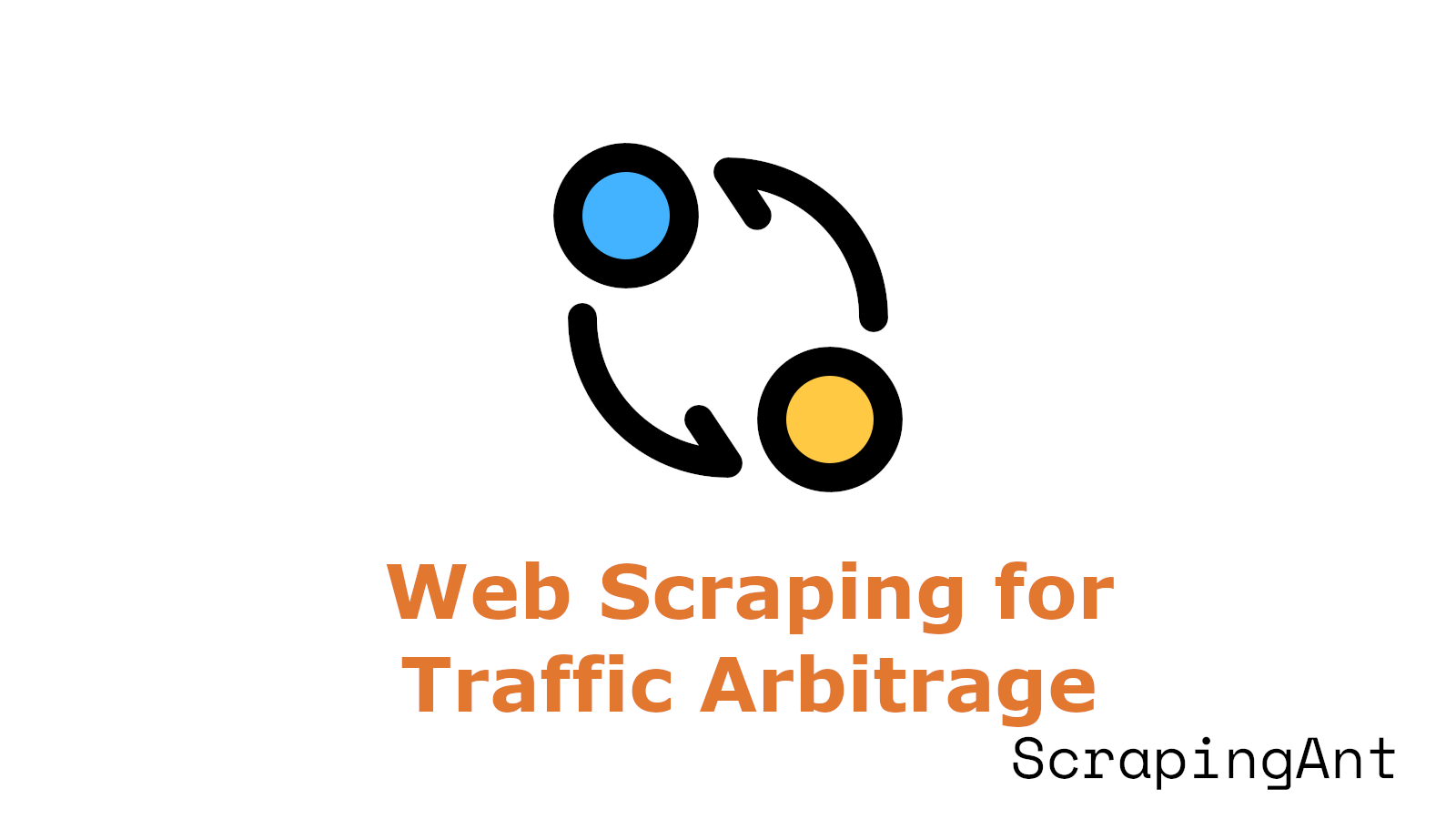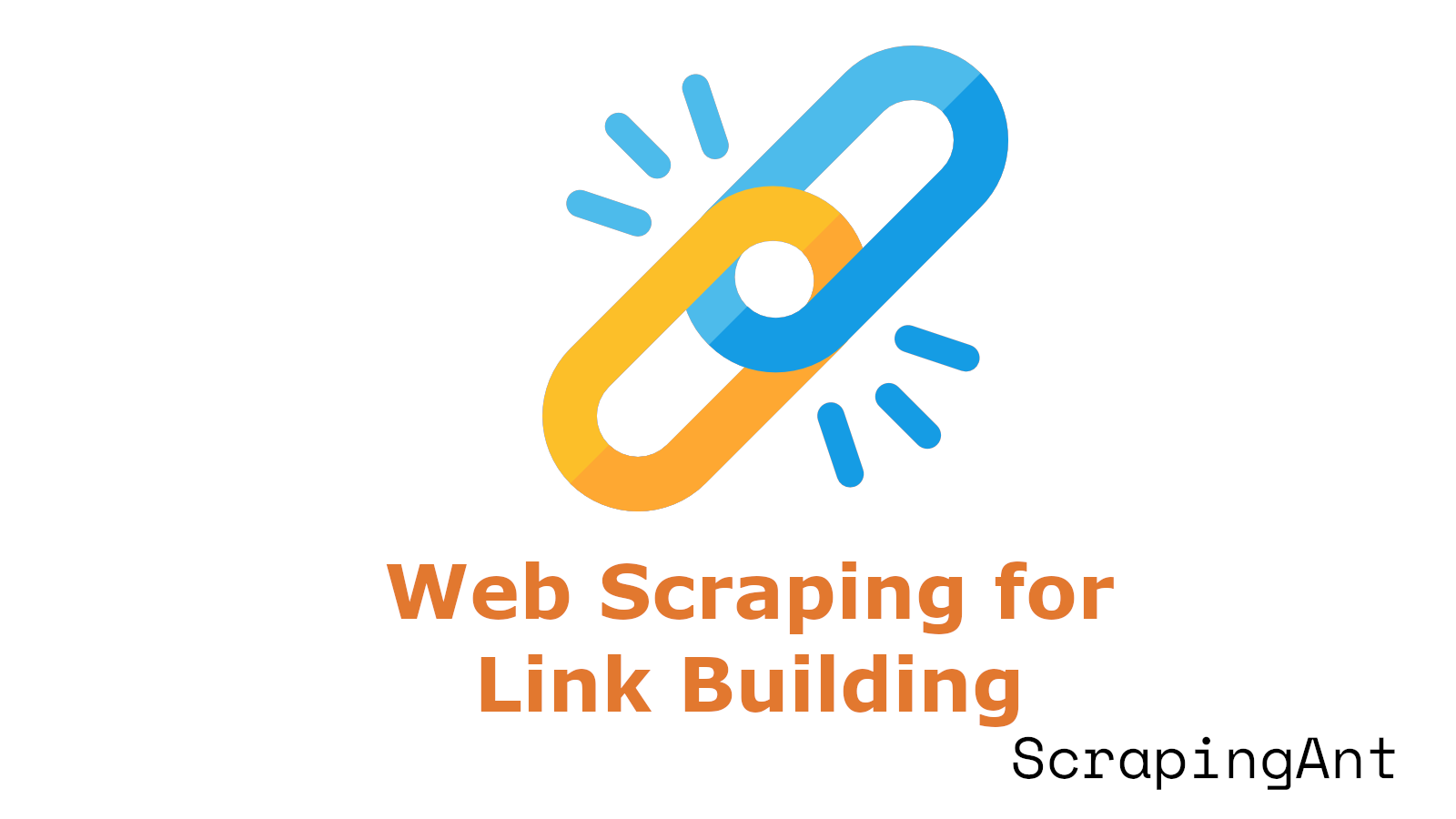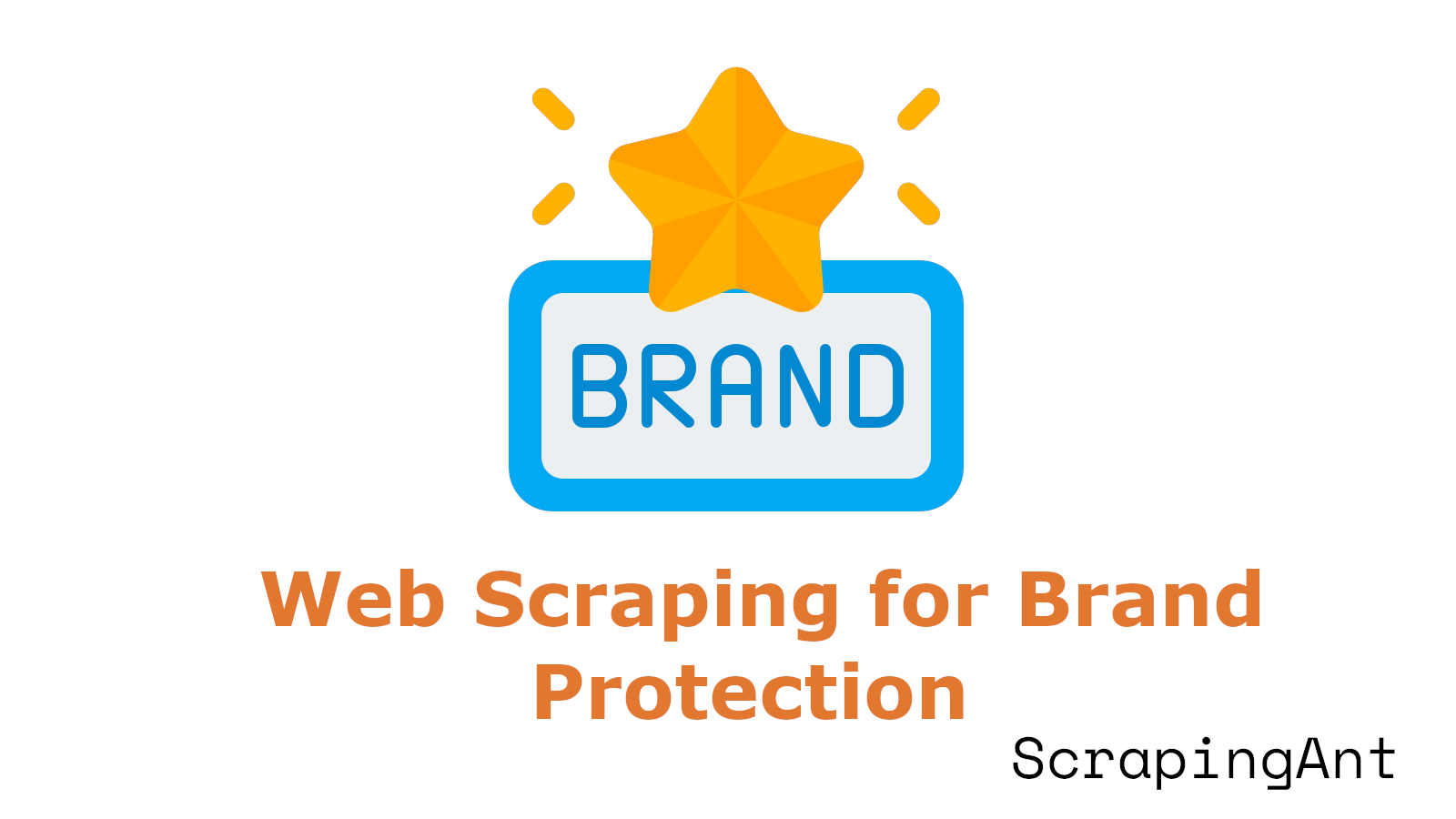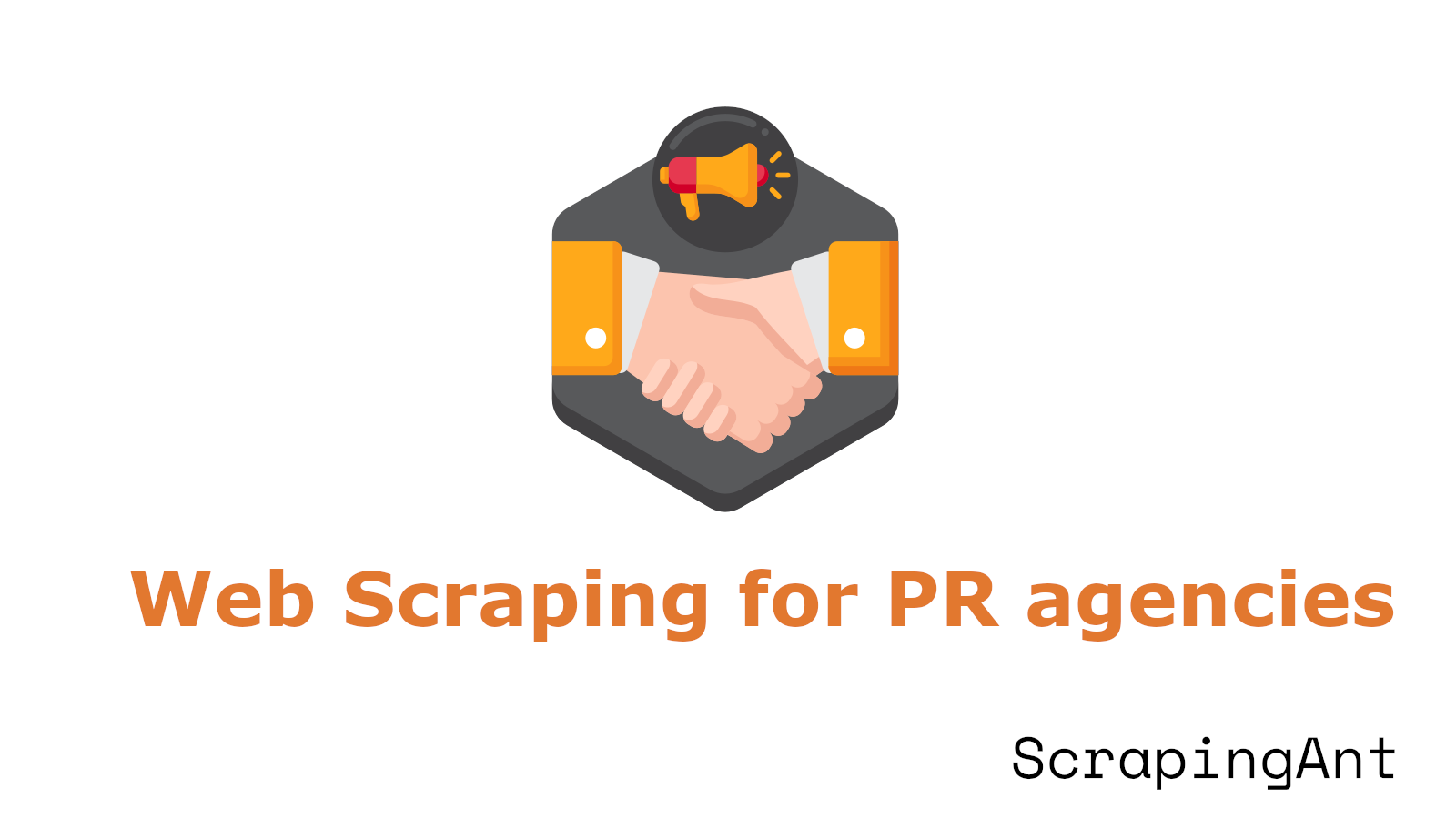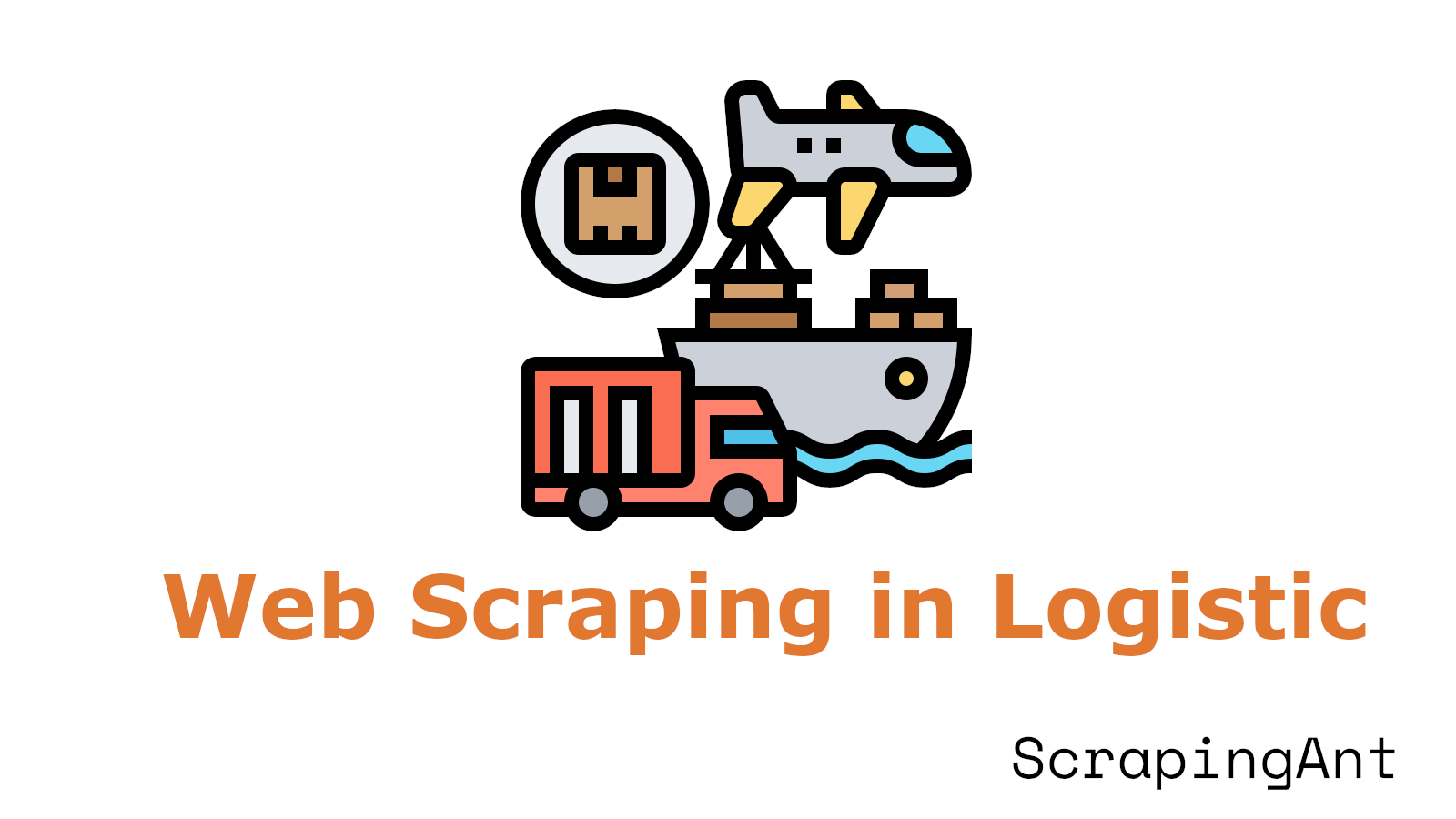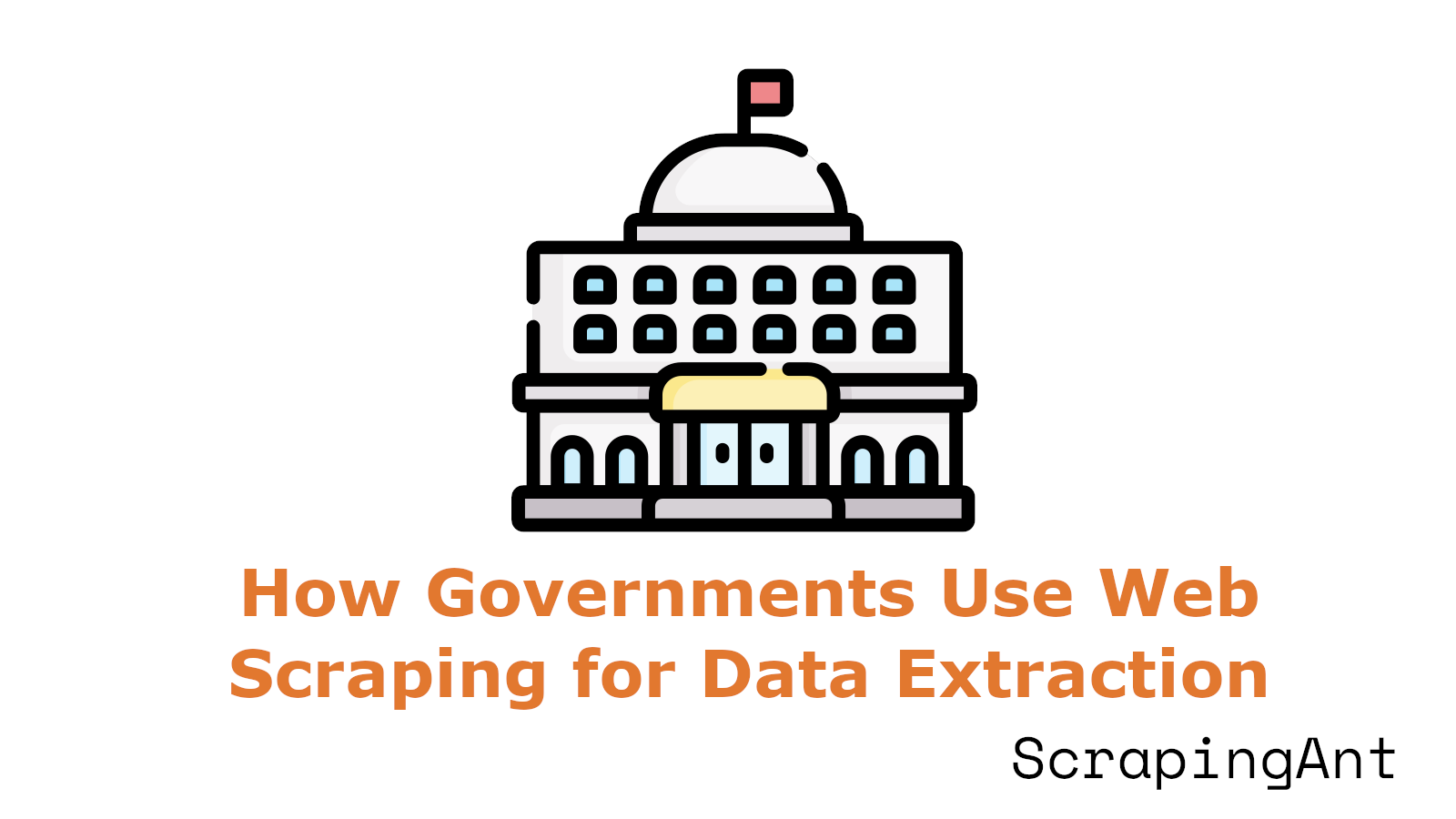
The domain name aftermarket has emerged as a vibrant marketplace where the right domain can significantly impact a business's online presence. As businesses and individuals strive to secure the perfect domain names, the complexity of navigating this market has increased.
Enter web scraping — a transformative tool that is reshaping how investors and businesses approach the domain name aftermarket. Web scraping, a method of extracting data from websites, offers a strategic advantage by providing insights into domain availability, pricing trends, and market dynamics. This automated process not only streamlines the acquisition of valuable domains but also enhances competitive analysis and market trend identification.
By leveraging web scraping, investors can make informed decisions, optimize their domain portfolios, and stay ahead in the competitive domain name landscape. As the demand for strategic domain investments grows, understanding the role of web scraping becomes crucial for anyone looking to capitalize on opportunities in the domain name aftermarket.

